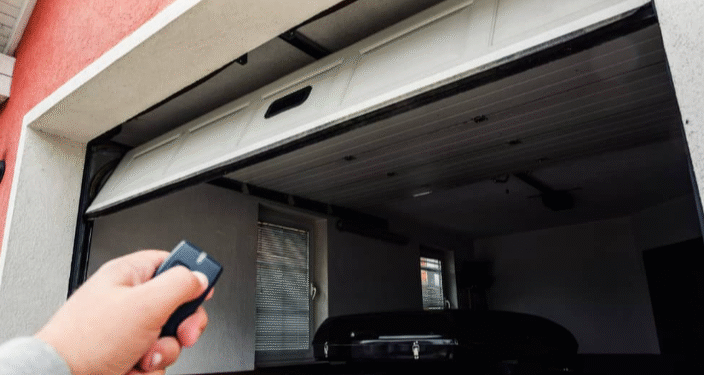Your garage door works perfectly—until it doesn’t. One common culprit? Misaligned garage door sensors. It’s frustrating when your garage door refuses to close, trapping your car or leaving your belongings exposed. But here’s the good news: aligning garage door sensors is usually quick, easy, and DIY-friendly.
In this guide, you’ll discover exactly how to align garage door sensors so you can get your door running smoothly again without waiting for professional help.
What Are Garage Door Sensors?

Garage door sensors—also known as safety eyes or photo-eyes—are essential safety devices located about 6 inches off the ground on each side of your garage door. Their job? To stop your garage door from closing on people, pets, or objects.
These sensors work as a team: one sends out an invisible infrared beam, while the other sensor receives it. If something interrupts this beam, your garage door stops immediately and reverses direction, preventing accidents or damage.
Signs Your Garage Door Sensors Need Alignment
Here are clear signs that your sensors need attention:
- Garage door won’t close fully. It reverses immediately after starting to close.
- Blinking lights. Sensor lights blink or flash, signaling misalignment or blockage.
- Clicking noises. The opener repeatedly clicks without moving the door.
How to Align Garage Door Sensors (Step-by-Step)
Ready to tackle the task? Follow these steps carefully:
Step 1: Safety First
Before starting any garage repairs:
- Ensure your garage door is fully closed.
- Turn off power to the garage door opener at your breaker box. Safety always comes first.
Step 2: Check for Obstructions
Clear the area between the sensors:
- Remove boxes, tools, toys, or debris blocking the sensors.
- Test your door again by trying to close it normally.
Step 3: Clean Sensor Lenses
Dust and dirt easily collect on sensor lenses:
- Wipe both sensor lenses with a soft, damp cloth.
- Check again if the sensors’ lights are steady (not blinking).
Step 4: Adjust Sensor Alignment
If cleaning didn’t fix the issue, realign the sensors:
- Loosen the bracket screws holding the sensors.
- Adjust each sensor slightly to face the other directly.
- Use a string stretched between sensors to check for perfect alignment. It should run straight and level.
- Tighten screws gently without disturbing the alignment.
- Confirm the sensor lights stop blinking and stay steady.
Step 5: Inspect the Wiring
Still facing issues? Examine wiring for damage:
- Check for frayed or chewed wires, especially near the ground.
- Repair minor wire damage using electrical tape or connectors.
- If extensive damage is found, consider calling a professional.
Common Mistakes to Avoid
- Not disconnecting power: Always switch off the electricity first to avoid accidents.
- Skipping cleaning: Even minor dirt can disrupt sensor signals.
- Forcing screws too tight: Over-tightening screws can misalign sensors again.
When to Call a Pro
If you’ve tried every step above and your sensors still aren’t aligned or functioning correctly, professional help is the safest option. Experienced technicians have the tools and skills to diagnose deeper issues quickly and safely.
FAQs About Garage Door Sensors
Are garage door sensors universal?
Sensors vary by manufacturer. While they function similarly, it’s best to use sensors recommended by your garage door opener brand.
Can sensors go bad?
Yes, sensors can wear out or break. Regular checks and maintenance help prolong their life.
Where exactly are the sensors located?
Typically, about 6 inches from the ground on both sides of your garage door, inside the garage.
Conclusion
Aligning garage door sensors doesn’t have to be intimidating. Follow these easy steps, and you can solve most sensor-related problems yourself. Remember, regular cleaning and careful alignment can keep your garage door running smoothly and safely.
Don’t wait for problems to worsen—align your sensors today and restore peace of mind.








